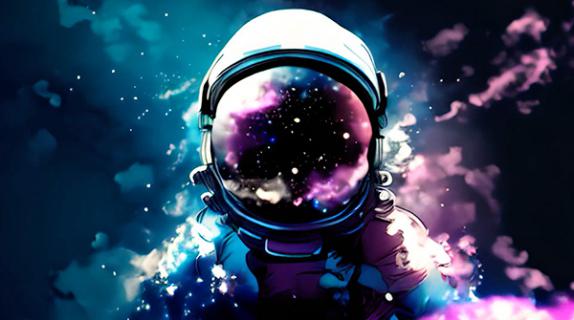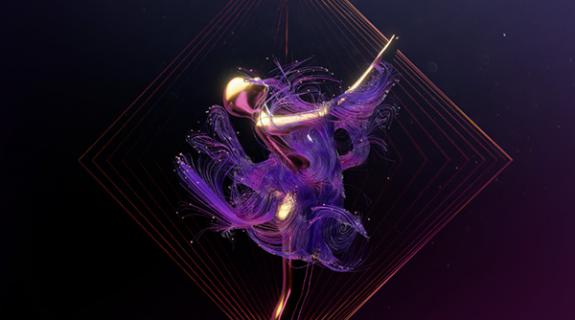As part of a project exploring emerging technologies for future viewers, the BBC created an experimental television that turned its archival footage into holographic content.
Led by Cyrus Saihan, head of digital partnership, the team collaborated with UK visual effects company MDH Hologram, using a simple technique to create striking effects.
The team chose archives they thought would work well as holographs, such as clips of a London New Year’s Eve fireworks display, a beating heart, and dinosaur recreations from the network’s natural history programs.
The method involved placing a reflective material—in this case a transparent acrylic pyramid—at a certain angle on top of a 46-inch TV, and shining an image onto the material at a certain angle to create the impression of a “floating” image, Saihan told Wired. The images where then broadcast through the TV to create the illusion they were holographic.
As technology continues to evolve, the experiment provides a glimpse into potential living rooms of the future.
“This is just a toe in the water for us,” Saihan said. “But it will be interesting to see how the space develops as the augmented reality devices that various technology companies are creating start to become more widely available.”
READ MORE: Wired
Tags:






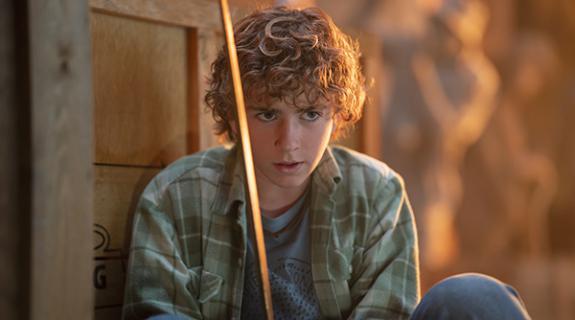



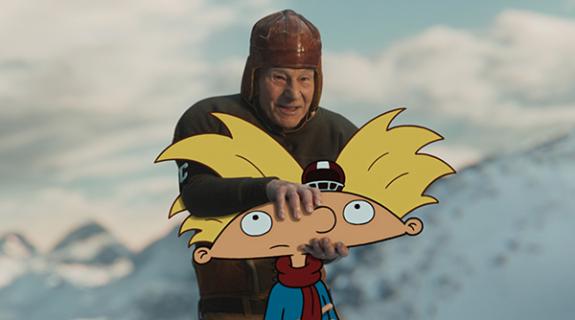
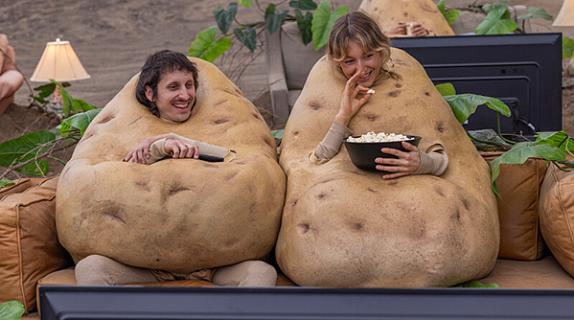
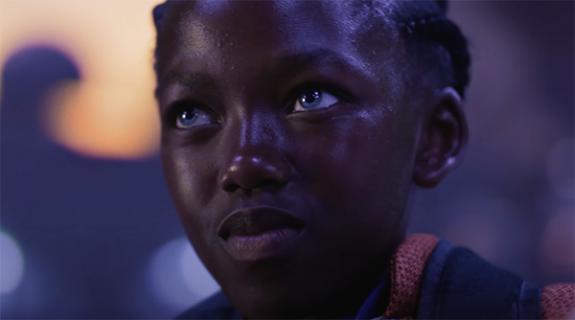
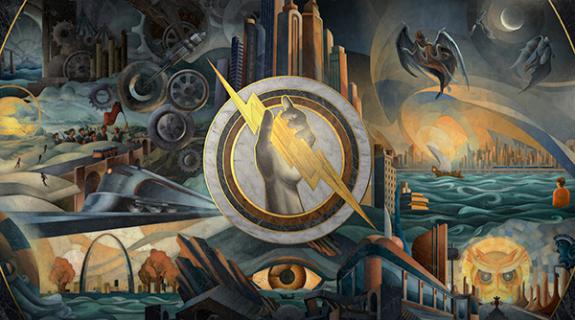





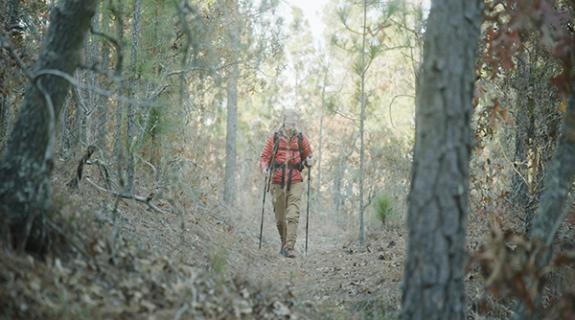
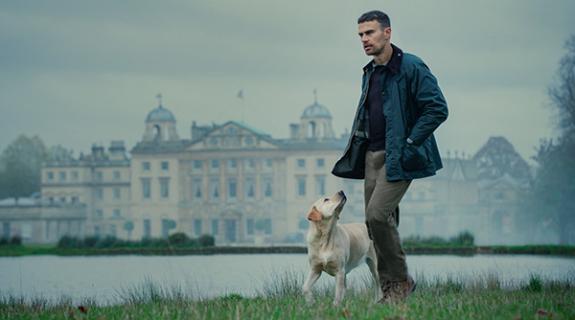



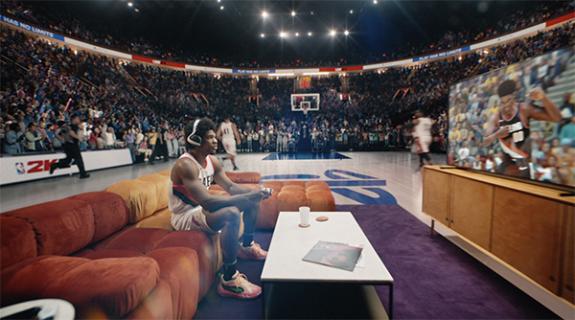




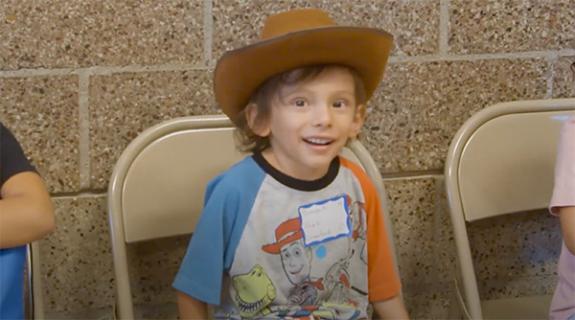




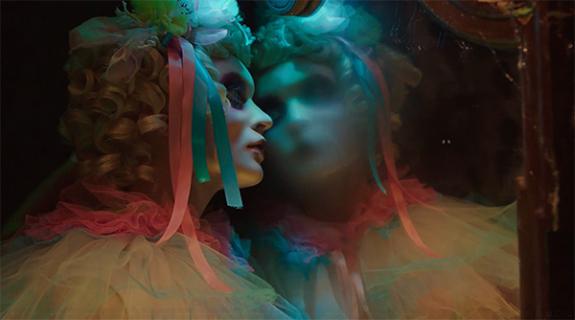

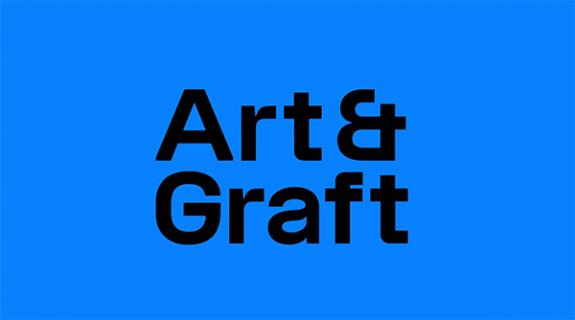
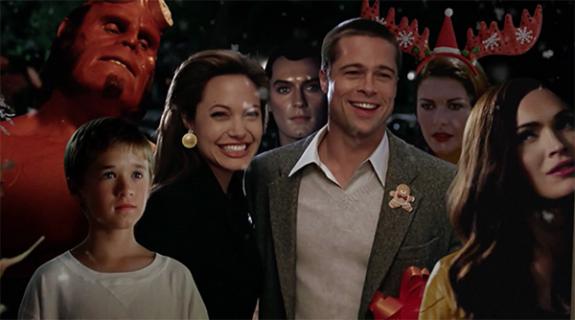




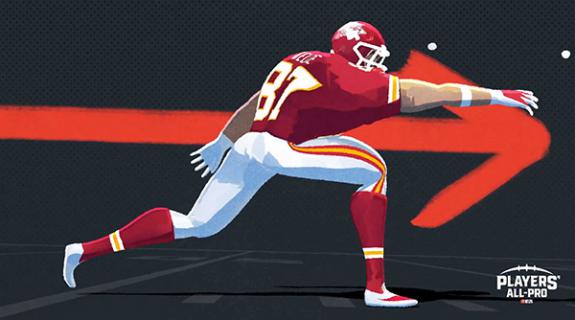


__twocolumncontent.jpg)







